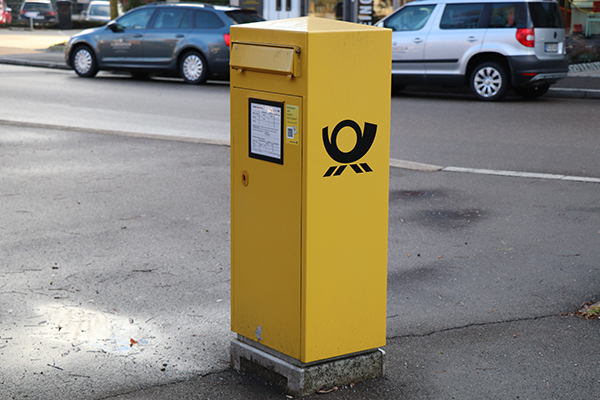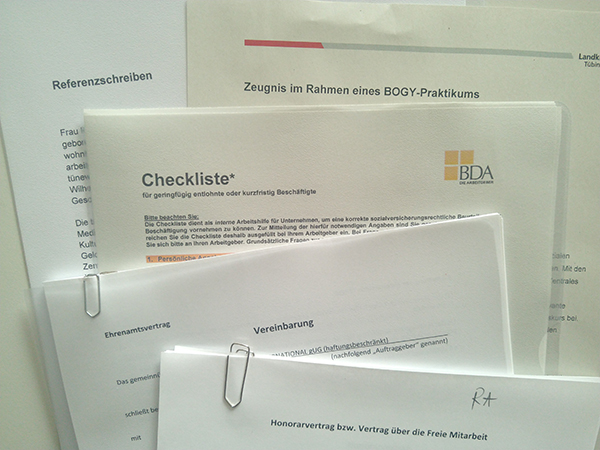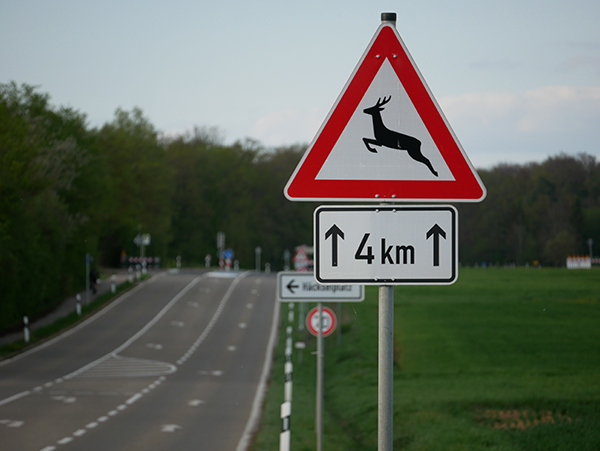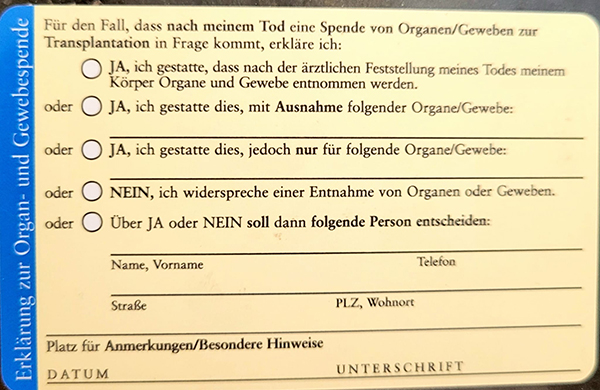In Germany, letters are part of everyday life—especially when dealing with the authorities. However, new arrivals in Germany often do not know how to address letters correctly so that they reach the recipient quickly. It is also important to stamp the letter correctly.
According to Deutsche Post, the following rules apply when labeling an envelope: The sender’s address is at the top left, the recipient’s address is at the bottom right. The address should be at least 15 mm from the left, right and bottom edge and at least 40 mm from the top edge. It is important that the letters are clearly legible, the font should be dark on a plain, light background and have no borders or highlighting. Stamps should be placed in the top right-hand corner. The envelope should be smooth and without stickers or imprints that could be mistaken for stamps. According to Deutsche Post, the envelopes can only be sorted automatically if these rules are observed.
The sender and recipient addresses on the envelope should be written in three lines with equal spacing in the following order. The first line should contain the first name and surname of the recipient of the letter. In the second line, the address—first the street, then the house number (normally the apartment number is not written, as people write their name on the letterbox). The third line contains the zip code and the city. For letters sent abroad, the country must also be entered. The sender’s address is also given in this order.
If the letter is addressed to a PO box, the street and house number are omitted. Instead, the P.O. Box number must be given. Large letters can be addressed to a packing station: the address of the packing station is then shown on the letter instead of the recipient’s address.
To ensure that a letter arrives quickly and the recipient does not have to pay penalty postage, it is important to frank it correctly. Figuring this out can be quite complicated. Roughly speaking, the postage depends on the size and weight of the letter. A standard letter up to 20 grams costs 0.85 euros. A large letter up to 500 grams costs 1.60 euros. For important documents, it may make sense to send them by registered mail. This costs extra, but you can then prove that you sent the letter on time. The easiest way is to ask at a Deutsche Post branch or a postal agency. Stamps are available there, from machines at the branches or online.
Further information and examples of envelope labeling and postage can be found at this link:
https://www.deutschepost.de/de/b/briefumschlag-richtig-beschriften.html
https://www.deutschepost.de/de.html
tun24022803
Briefkasten der Deutschen Post. Foto: tünews INTERNATIONAL / Mostafa Elyasian.
000993




